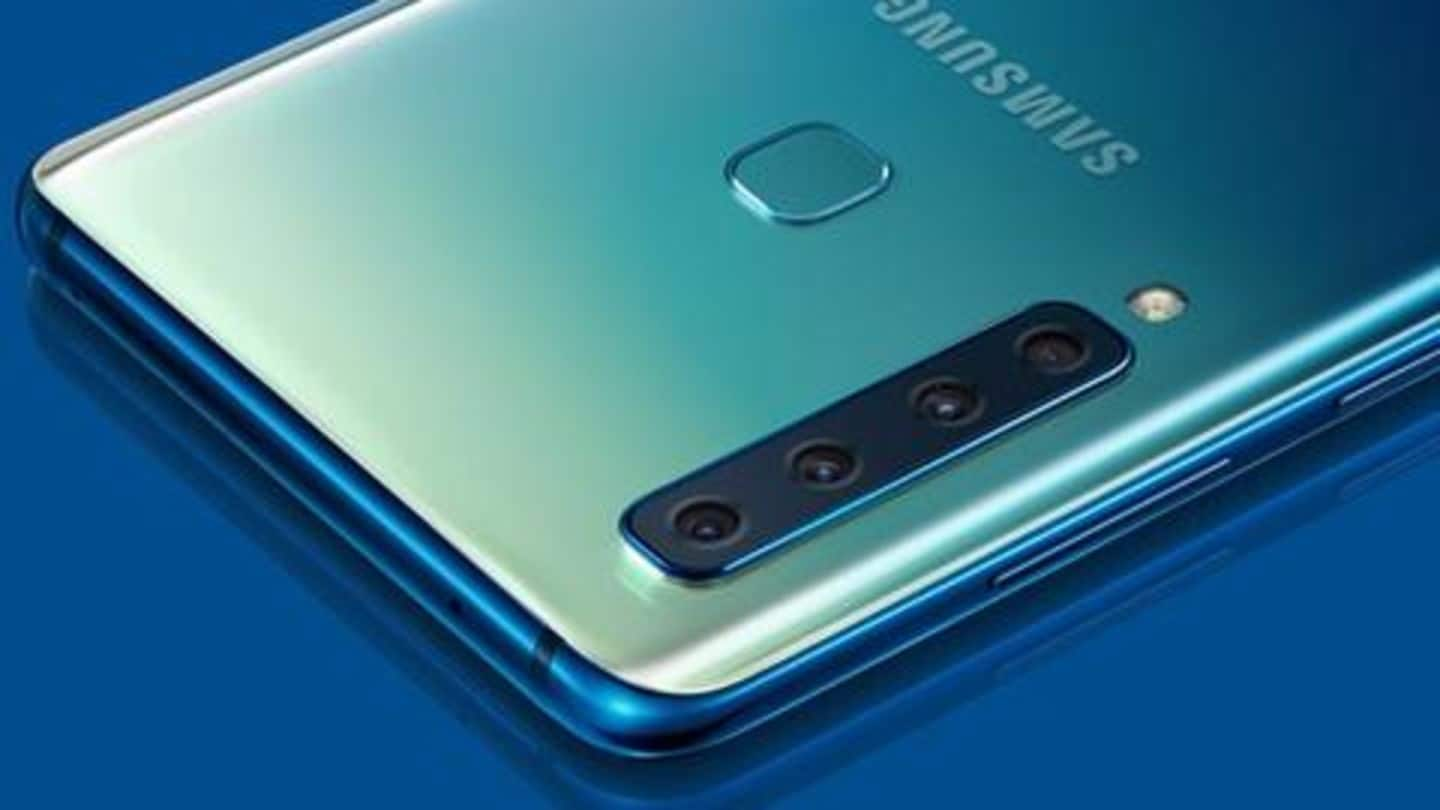
#TechBytes: Are dual, triple, quad cameras necessary for smartphone photography?
What's the story
Over the years, smartphones have evolved in more ways one can imagine. They have transformed into real-world computing machines with faster processors, more RAM and storage. But, among all modern-day smartphone upgrades, camera count still continues to be a major point of debate. Is it really necessary to go for a phone with two, three, or even cameras at the back? Let's find out.
Change
The trend of multiple cameras
Just like notches, adding more cameras has become a trend in the smartphone segment. A little over two years ago, we used to have single camera devices (even flagships), but then, phone makers started jumping on the bandwagon of dual-camera phones. Now, this number has increased to three or even four, thanks to phones like Huawei Mate 20 Pro and Samsung's Galaxy A9.
Information
Even next-gen iPhones are rumored to have triple cameras
The trend is still picking up, with the next-generation iPhones rumored to feature three cameras. Notably, LG is said to be working on a device with as many as 16 cameras. Isn't that a bit too much?
Potential benefits
But, what's the benefit of having more cameras?
While some would call it a way of increasing overall cost, others would emphasize that more cameras deliver DSLR-level photos. In reality, there's some truth to both these facts; yes, adding more cameras increases cost, but at the same time, it also enhances quality of photos. You won't get to the 'DSLR-level', but the additional cameras will definitely add value to your photos.
Main camera
'Main' camera remains the key driver
No matter how many cameras are present on your smartphone, it will surely have one 'main' shooter with the largest aperture and sensor size. This camera handles most of the work when you take photographs, while other cameras take care of ancillary functions by adding depth, width, and other characteristics into the shots. These features could vary from phone to phone.
Benefit #1
Get bokeh or additional details with more cameras
For smartphone photographers, keeping people and objects in focus is the biggest deal, and that's exactly what a secondary rear (sometimes even third) camera offers. It delivers the bokeh effect by blurring out the background artistically and increasing focus on the subject. In some cases, the secondary camera works with the main sensor to capture additional details into the photograph, thereby improving its quality.
Benefit #2
Capture wide-angled shots
Along with enhanced depth, some phones could leverage additional cameras for giving a wider perspective. As such, they could be bundled with a wide-angle lens and help you capture better natural shots in landscape view. Phones with wide-angle secondary lenses, like Galaxy A9, could even offer options to switch between normal and wide-angle modes.
Benefit #3
Zoom further than normal
Some phones even offer additional cameras with optical zoom lenses. These lenses, as the name suggests, let you capture photos up to 2-3x zoom without affecting the quality of the whole image. In some cases, the lenses move slightly, while in others, they work in conjunction with the main camera to capture a high-resolution image, later helping the user zoom into it.
Benefit #4
Add effects, capture more light into shots
With a second or third camera, you could capture more light into shots or add artistic effects. Basically, another camera could give you a switchable-aperture system (like on Galaxy S9), letting you capture more light into shots while shooting in dark. For effects, the depth sensing capabilities could come handy, allowing you to add special background effects into photos, as we've seen on iPhones.